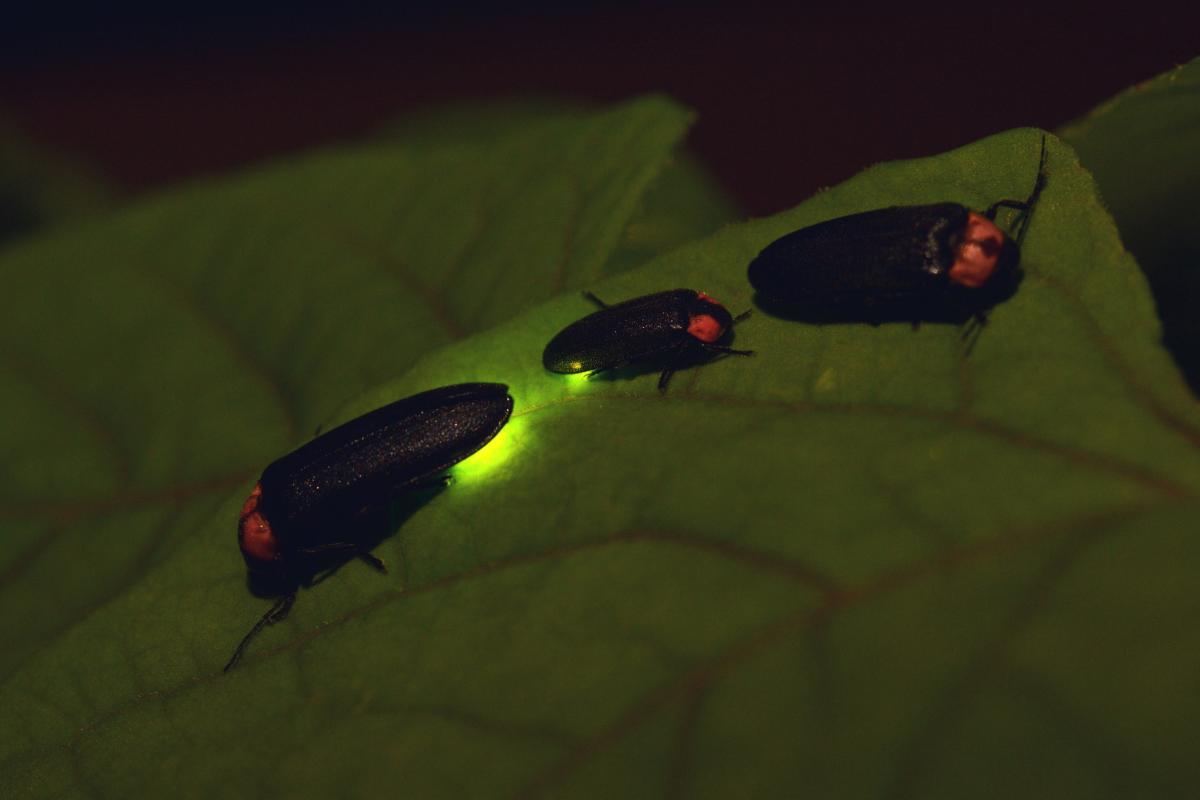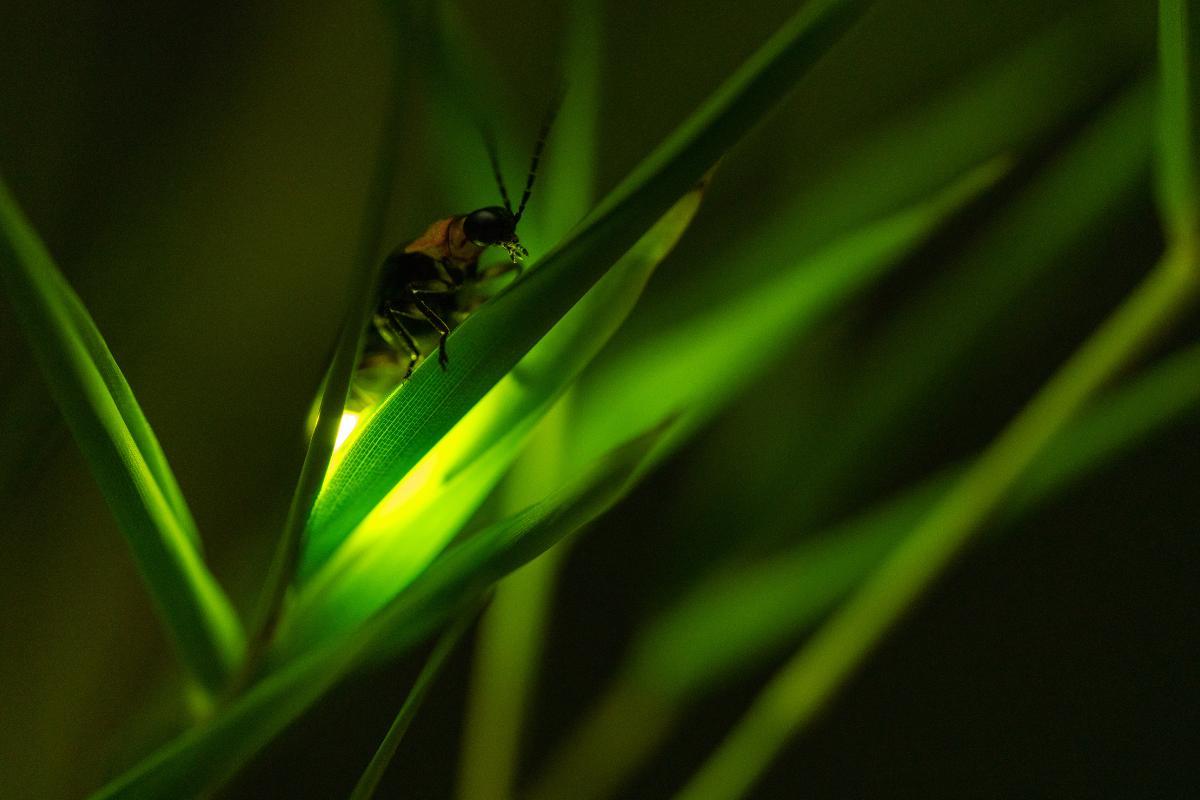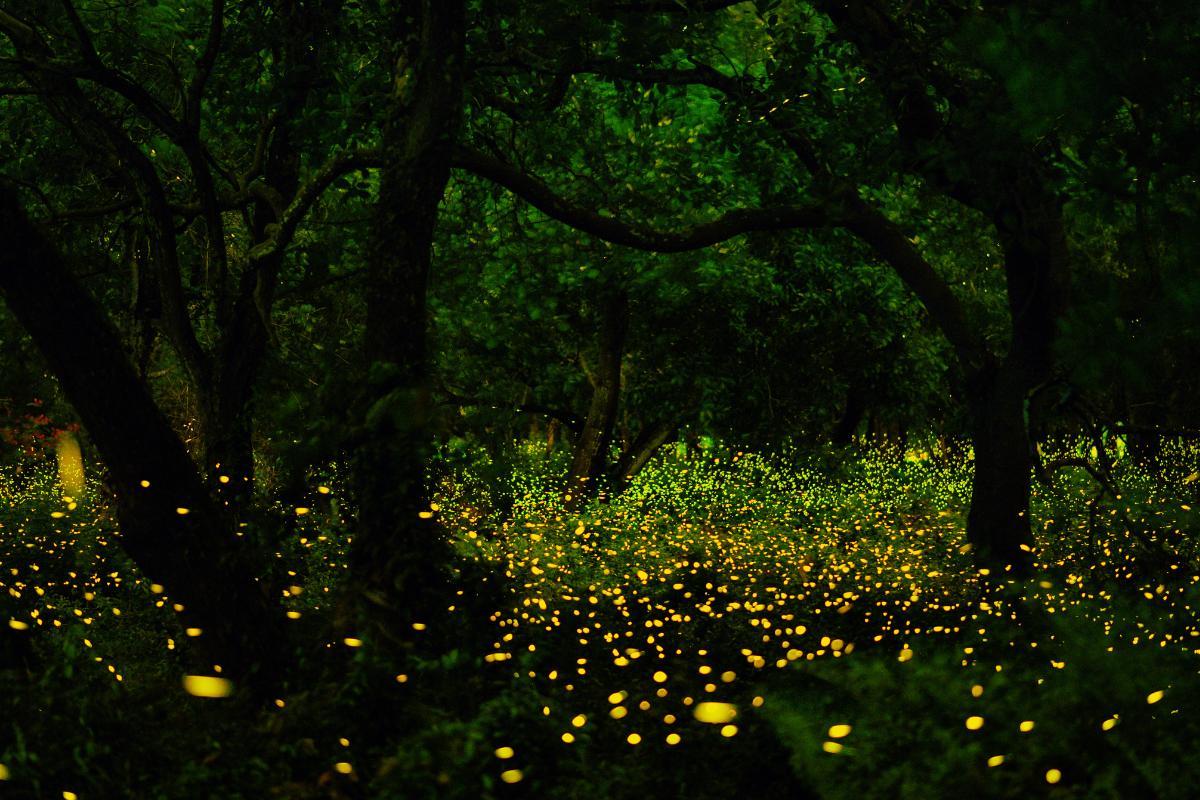How Do Fireflies Produce Light?


Fireflies, also known as lightning bugs, are enchanting creatures that captivate the imagination with their mesmerizing light displays. These fascinating insects belong to the family Lampyridae, and they are renowned for their unique ability to emit bioluminescent light, creating a magical spectacle in the darkness of night. Have you ever wondered how an insect possesses the ability to emit light?
In the following article by thedailyECO, we explain how do fireflies light up and all the reasons behind this behavior.
Why do fireflies light up?
A firefly, also known as a lightning bug, is a small, winged insect belonging to the family Lampyridae. These insects are known for their bioluminescence, which means they have the remarkable ability to produce and emit light. Fireflies are among the few insects that are capable of producing their own light.
The bioluminescence of fireflies serves multiple purposes. Fireflies use their light to communicate with potential mates. Each species of firefly has a unique pattern of flashes, and males emit specific light signals to attract females during mating season. The females, in turn, respond with their own light signals if they are interested in mating.
Some firefly species produce toxins that make them unpalatable or even poisonous to predators. Their glowing pattern acts as a warning signal, indicating their unpalatability and deterring potential attacks.
Finally, firefly light patterns are species-specific, allowing them to recognize members of their own species and avoid mating with individuals from different species.

What kind of light do fireflies produce?
Fireflies produce a type of light known as "cold light" or "bioluminescent light." This light is different from the light emitted by traditional sources, such as a lightbulb, candle, or the sun.
Cold light is produced through a chemical reaction that takes place within specialized cells called photocytes located on the firefly's abdomen.
The light-producing reaction involves two key substances: luciferin and luciferase. Luciferin is a light-emitting molecule, while luciferase is an enzyme that facilitates the reaction. When oxygen from the air enters the photocyte, it combines with luciferin in the presence of luciferase, causing the luciferin to oxidize and release energy in the form of light.
One remarkable aspect of this bioluminescent process is that very little energy is lost as heat, which is why it's called "cold light." Traditional sources of light, like incandescent bulbs, produce a significant amount of heat along with light, while fireflies efficiently emit light without generating much heat at all.
How do fireflies light up?
Here's a step-by-step explanation of how fireflies make their light:
- Inside the abdomen of fireflies, specialized cells called photocytes contain two key chemical components: luciferin and luciferase.
- When oxygen from the air enters the photocyte, it reacts with luciferin in the presence of luciferase, which is an enzyme. This chemical reaction is the key to the bioluminescent light production.
- As a result of the chemical reaction, luciferin oxidizes and releases energy. This energy is in the form of light, which is emitted as a glow from the firefly's abdomen.
- The light emission of fireflies is regulated by their nervous system. This allows them to control when they turn their light on and off, and even adjust the pattern of flashes for communication purposes.
Have you ever wondered why the sun appears yellow? Don't miss out on our other article that explains this intriguing phenomenon in detail.

Where to see fireflies?
Fireflies are commonly found in humid forested areas, often near bodies of water or during the rainy season, which typically occurs from June to August. They thrive in regions with abundant vegetation and warm temperatures.
These captivating insects can be found worldwide, except in Arctic areas. They are particularly abundant in tropical latitudes, with significant concentrations in Asia, Central America, and South America.
To observe fireflies, it's best to seek out locations away from human populations, as artificial light interferes with their visibility. The darker the environment, the more visible they become.
Sadly, fireflies face threats due to human impact. Nocturnal light pollution from human settlements disrupts their ability to communicate and reproduce through light exchanges. Additionally, climate change affects their natural habitat, and the degradation of forests further jeopardizes their survival. The indiscriminate use of pesticides also poses a significant threat to firefly populations.
Discover more fascinating insights in this other article, where we delve into the intriguing topic of how insects breathe.

If you want to read similar articles to How Do Fireflies Produce Light?, we recommend you visit our Facts about animals category.
- Heinrichs, A. (2004). Fireflies. United States: Compass Point Books.
- Capinera, J. (2008) Encyclopedia of Entomology. Florida: Springer Science & Business Media.








